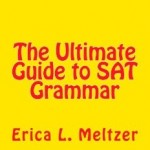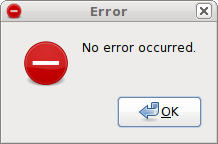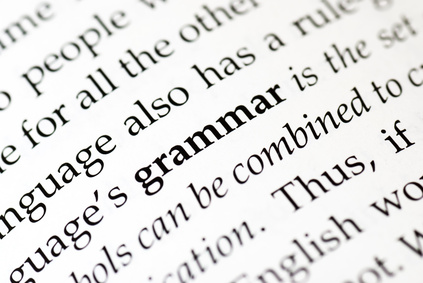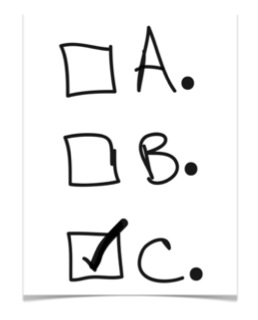The following article is an excerpt from my e-book SAT Grammar Crammer!
Conjunctions: Where grammar and common sense collide
“Conjunctions,” the name for this important part of speech, comes from the word “conjoined,” which comes from the word “joined.”
A “junction” is like a place where two things meet and connect – like two train lines, or two different ideas.
That’s not super-important for our purposes, but it might help you remember: Conjunctions are the words that join two ideas.
When two ideas are joined or connected, there are basically two different situations: either the two ideas are directly related, or they are opposites.
Another way of describing the connection is that there is either an obvious cause-and-effect relationship between the two ideas, or there is not.
Yet another way of saying this is that either the second idea continues or picks up where the first idea left off, or the second idea will contradict the first idea.
There are many different conjunctions, each with their own special “flavor” when it comes to connecting two ideas – but in the grand scheme of things, they will all fall into one of those two categories: they either connect two similar ideas, or they contradict two different ideas!

Get Exclusive SAT Prep Tips!
I want to send you more tips to help your SAT score, but I need your email address to stay in touch. Enter your email below so I can send you my reports on the SAT and other subscriber-only bonuses.
Here are some examples of common conjunctions on the SAT Writing section:
Connecting/Agreeing/Cause-and-effect Conjunctions: Because, since, and, as, due to, in that, furthermore
Contradicting/Disagreeing/NO direct cause-and-effect Conjunctions: Although, but, despite, nevertheless
Conjunction errors show up on the SAT Writing section in sentences with no obvious errors on the “details” level – everything singular/plural is fine, the pronouns are good, no faulty comparisons or dangling modifiers, etc. – but the sentence as a whole makes you shake your head and go “huh?” Something about the big picture won’t add up.
The logic seems wrong but you can’t quite put your finger on it. If this SAT question was a human being trying to tell you something, you would think they were a little crazy.
These are all signs that you need to look for two separate ideas and the conjunction that connects them.
If two ideas in a sentence are logically connected, but a “contradicting” conjunction has been used (or vice versa), then the conjunction is incorrect.
To get the complete text of this SAT Grammar lesson, along with more than 14 other lessons, two diagnostic tests and over two hundred practice questions written by a two-time perfect scorer and pro SAT tutor, order your copy of The Top 12 SAT Writing Grammar Rules today!
Further Reading:
What exactly is on the SAT Writing test?
SAT Writing Rules: Illogical Comparisons
SAT Writing Rules: Misplaced Modifiers
Why Is Grammar Important?
Additional Resources:
SAT Grammar Crammer: Top 12 Rules of SAT Writing (e-Book)
Before you leave, be sure to join my SAT email list! I send readers subscriber-only exclusive content like my Urgent Report on SAT Reading to help you prepare for test day.


















Find Me on Social Media